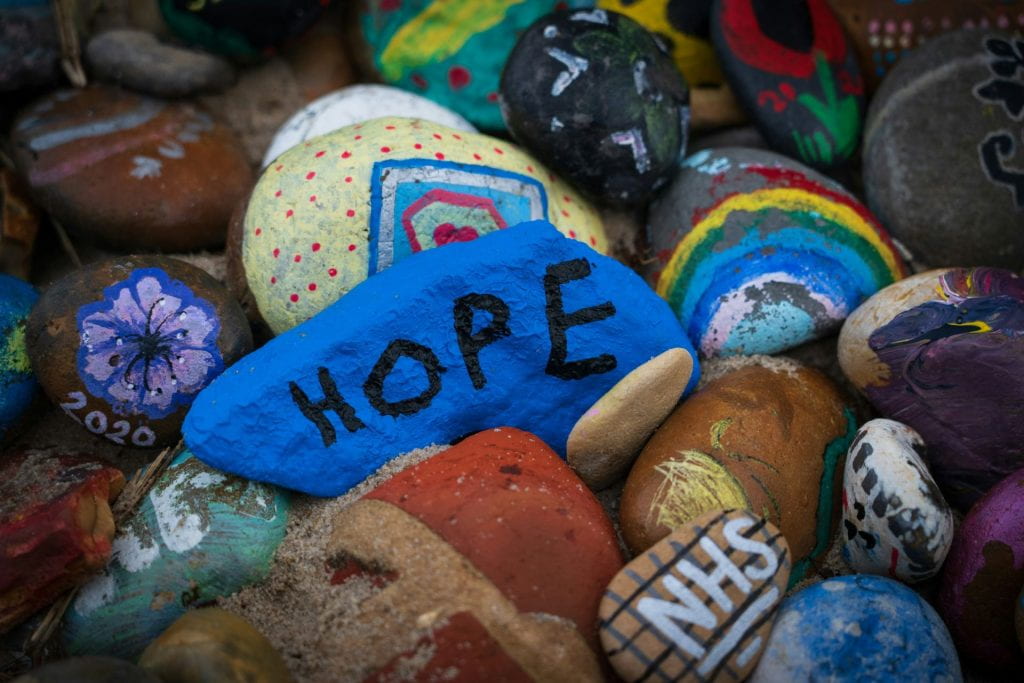
If your top character strength is “Hope” you are a person who looks forward to what’s ahead and has a rosy outlook towards the future.
Similar to optimism, hope is like a bright, shining light inside you. It’s the feeling that things will get better, even when they seem tough. Imagine it as a sparkly rainbow on a rainy day, or a cozy blanket wrapping around you when you’re feeling a bit chilly. Hope is what helps you keep going, no matter what.
Hope sits within the Positive Emotions arm of our PERMA model and our BHPS definition of hope is; “I look forward to the future and believe that good things will happen.”
When thinking about next year – having hope can mean that you have the self-belief necessary to shape the future to be what you want it to be. For example, if you have a positive attitude towards your new class, the chances are that not only will you spend the holidays looking forward to it, but you will have a fantastic year because you will make it happen!
Positive Thinking – Class Dojo
What does Hope mean to you?
Ella and the Waves
Be Positive – A book about optimism
Hope the Boat
What is your hope?











